
The image above is from Flickr, licensed under the Creative Commons Attribution 2.0 Generic License, and is thus available for your use under the same terms.
Its author is s58y.
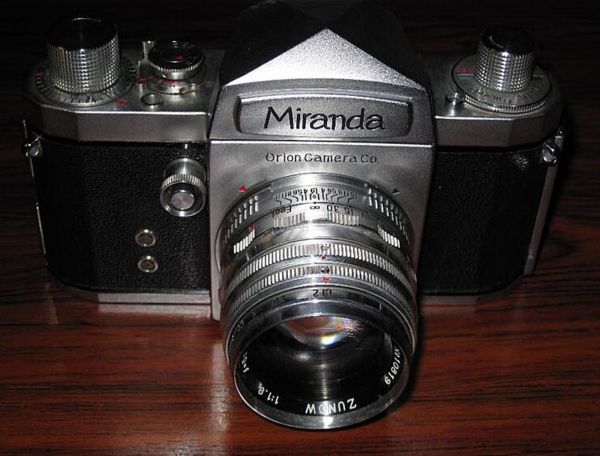
The Pentax wasn't the first Japanese SLR with a pentaprism; the Miranda T, shown at left in an image graciously placed in the public domain by Jan von Erpecom on Wikimedia Commons (which I have subsequently cropped somewhat), was the first, coming out in 1955.
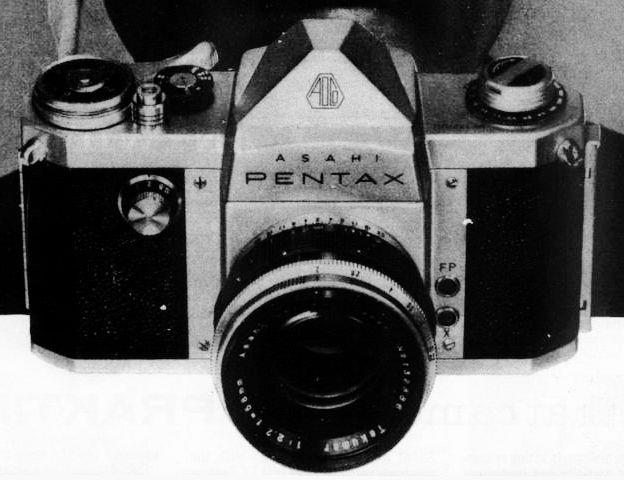
The Pentax, shown at right, arrived in 1957.
 |
The image above is from Flickr, licensed under the Creative Commons Attribution 2.0 Generic License, and is thus available for your use under the same terms. Its author is s58y. |
1957 was also the year when Topcon introduced its first 35mm SLR camera. This was a high-quality camera, and another early camera with a pentaprism. It utilized a slightly modified form of the Exakta mount, so that while it could take advantage of Exakta lenses, lenses made by (or for) Topcon would not work on Exakta cameras. It was sold as the Topcon R in Japan, but in the United States it was known as the Beseler B Topcon.
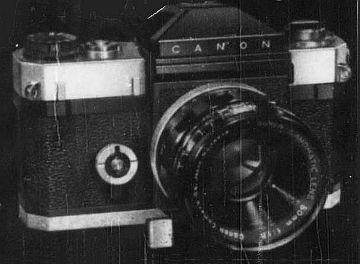
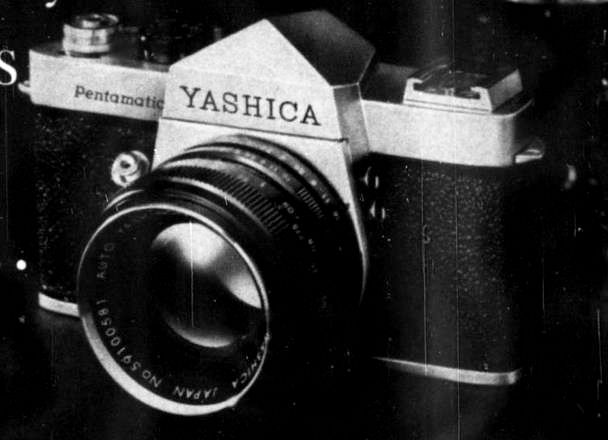
But it was 1959 that was a banner year for the Japanese camera industry; in that year, three Japanese companies debuted 35mm SLR cameras; Canon came out with the Canonflex, shown at left, Yashica came out with their Pentamatic, pictured at right... and Nikon, in April of that year, introduced the legendary Nikon F camera, shown below, which soon became the preferred choice of professional photojournalists.
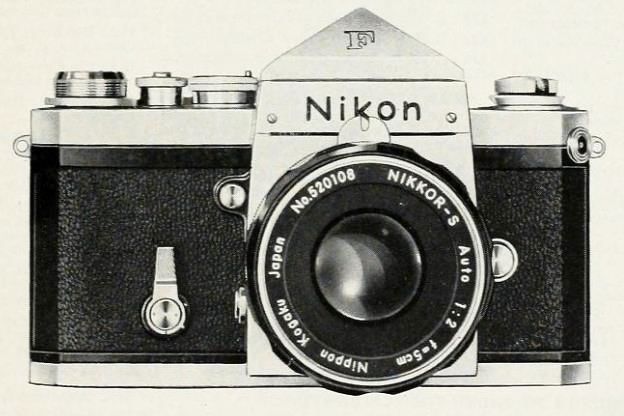
Canon's first SLR, the Canonflex, illustrated above, did not use the M42 screw mount that many other early cameras favored. Instead, its mount was called the R-mount; instead of being a bayonet mount, like that of many other cameras that eschewed the screw mount, it was classed as a breech-lock mount.
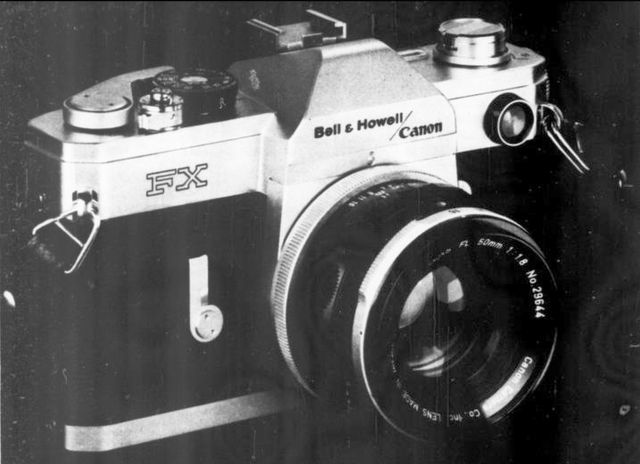
However, in 1964, with the Canon FX camera, pictured above, Canon introduced a replacement for the R-mount, the FL-mount.
In 1971, the FD-mount was introduced, but this mount was upwards-compatible; FL-mount lenses would still fit on cameras with the newer FD-mount.
The newer mount was also a breech-lock mount.